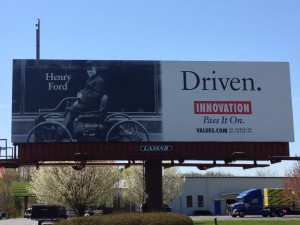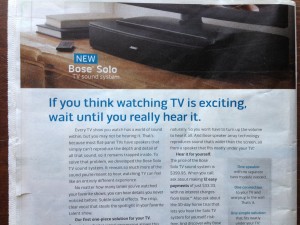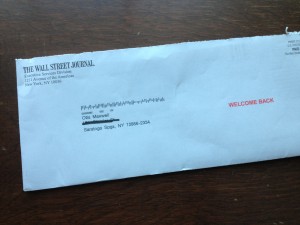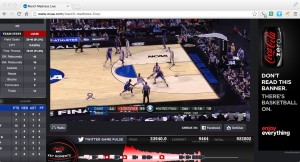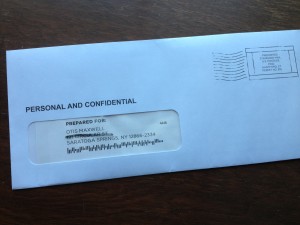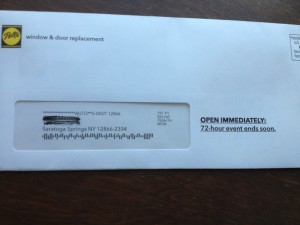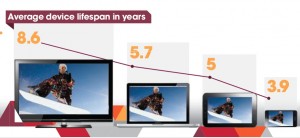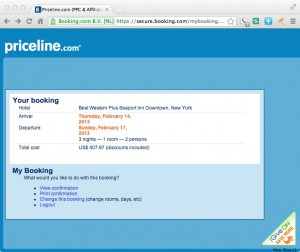I used a Citi “Thank You” card as my main purchasing vehicle for maybe 10 years. Its attraction was that it credited travel points for miles on any airline (at the time, unheard of) and I amassed some 300,000 points and paid the $75 annual fee each of those ten years. Then, about a year ago, I happened to have a question about my account and the telephone rep told me that virtually all my points were expiring in 90 days. I could purchase travel for a future date but if I didn’t buy something before the deadline they were gone.
So, my wife and kid went to visit friends in Germany in high season at a ridiculous price and we used more points on a family vacation. There were still tens of thousands of points left over so I transferred them to a new, no-fee Thank You card and cancelled the paid card. A few months later that card’s points are about to expire so I have been scheming to get some value out of them. It’s an expensive time to book travel so I’m looking to buy gift cards for places where I spend money. Meanwhile, from Citi’s perspective, I’ve transitioned from a presumably profitable customer paying a high annual fee to a fee-free and soon to be ex-customer.
While I’ve been spending way too much time negotiating with the Thank You folks, I have wondered whether there are any useful marketing lessons to be gleaned. Certainly the strangest policy is to let points expire without notifying the customer. It’s not like you get an AAdvantage statement where you can see that you need to book travel before a certain date to keep your old points; the whole procedure is invisible unless you log onto their website. Why in the world don’t they send me notices that warn, “your points are about to expire, here are some great offers from our partners”?
And about that website. You can check your points from your Citi card login which takes you to a rather promotional and unhelpful website, but there is a shadow thankyou.com website that you will never see unless you establish a separate log-in with a username and password that have different rules from your Citi card login. Yet this secret handshake is required for certain privileges, such as redeeming for Amazon purchases which they offered me recently (that’s how I found out about the separate website). And I don’t consider myself a web troglodyte. What happens with people who barely know how to log on, or still do their business by phone?
Thus, when I got an invitation to take a survey and say how happy I was with Thank You Points, you can bet I swooped down on it like a hawk on a chicken. A few days later I got an email from a certain [redacted], inviting me to call her and explain why I would not recommend Thank You to a friend. Apparently she had tried repeatedly to reach me by phone, which is peculiar because my cell is listed in my Citi contact information and there is no record of calls from unidentified callers. I called her back and left a message, also emailed her, and she did not return my call or respond to the email. But I was more than ready to share my opinion, so I am doing it here. [UPDATE: she finally did call me. See the comment for an update, plus why it took so long.]
What can marketers learn from all this? First, the points expiration seems ridiculous, but any expiration must be treated as an opportunity to contact your customer. Not doing that is just crazy. It’s lost revenue and lost good will.
Second, byzantine websites that require the user to decode your intentions are not okay. (If you want to book travel, the main reason I got the card, that link is buried in the bottom menu of the page of “rewards” below bubbly cross-promotions.) If you aren’t willing to meet your customer’s needs with clean and logical navigation, they will go find somebody who will.
Third, don’t play games by telling me you’ve tried to contact me when you haven’t and then not responding to my calls and emails. That’s middle school stuff.
To be fair, I haven’t reported some nice transactions with Citi folks on the phone trying to solve these problems but neither have I described every problem I’ve had with this program; there’s lots more. Also, full disclosure, I bought Citi stock when it was in the toilet and have made enough to pay for the points I lost. But not for the aggravation.
